L.S. Lowry has always divided opinion.
Beloved by many, but seen as a novelty act with shaky technique by others, he has never quite fitted into the art establishment despite his enduring popularity. [quote]the souvenir shop
was selling flat
caps for £28,
these days more
suitable for Shoreditch
fashionistas than
factory workers[/quote]Although of lower middle class parentage, Lowry was driven by huge ambitions to paint the range of working class collective experiences. The exhibition of his paintings and drawings opening at Tate Britain this week aims to delight believers and convert cynics.
The first room, Looking at Lowry spans his career with works dating from 1913 to 1971. Of course these include figures scurrying to and from the mill as well as the widely reproduced poster picture, ‘Coming Out of School’ in his instantly recognisable style. There are depictions of the working class at leisure, at a funfair and going to the football. But even these activities have a structure; matchstick men heading to the match, striding purposefully en masse from the terraced streets to the terraces.
Lowry’s connection with Impressionist painting is less widely known. This is addressed in the second room, titled The Idea of Modern Life. In addition to further industrial scenes by the man himself, there are works by his teacher in Manchester, the French artist Adolphe Valette, as well as Georges Seurat, Maurice Utrillo, Camille Pissarro and Vincent van Gogh. Although this reference to his influences gives a useful context in which to view his work, one cannot help feeling that he is overshadowed by their superior brushwork.
Despite these continental influences, Lowry is very much a British painter. The third room, Street Life: Incident and Accident covers familiar Lowry territory showing all aspects of working class life in the Salford slums; pictures of those lives ignored by other artists. Lowry worked as a rent collector as included many of his tenants in his work.
But this is no romanticised or sanitised version. ‘The Fever Van’, set in pre-NHS days, shows a child suffering from a contagious disease being taken away, with most of the onlookers in quiet reflection, sadly aware that such children rarely returned. ‘The Removal’ depicts not an upwardly mobile family moving to better surroundings, but an eviction. Rather than detracting from the emotion, the simplicity of the figures engenders these works with a certain childlike poignancy.
Predictably there are more mill related paintings, with crowds going to and from work, but a picture of the stock exchange is included.
His subjects are not all passive victims of circumstance resigned to their fate – there are scenes of resistance too, including a strike meeting.
In addition to the paintings themselves, the reality, hardship and comedy of life in an industrial town are further illustrated by a number of video clips and a recording of George Formby Snr’s humorous song, ‘When Father Said He’d Pay the Rent’.
Things become gloomier in the fourth room, Ruined Landscapes, where dark grey walls with a George Orwell quote serve as a backdrop for dramatic depictions of the effect of industrialisation on the natural world. Other paintings here, which include bombed buildings and a graveyard, have a bleak quality, exacerbated by the absence of the previous crowd scenes.
Room five, Social Life of Labour Britain, deals with post-War achievements and concerns. There are V-E Day celebrations with street parties and a further funfair picture, as well as beach scenes as holidays became more accessible. In contrast to the earlier picture of the fever van, there is a picture of the NHS hospital outpatients’ waiting room, unusually for Lowry painted from a photograph in order to get the details correct.
This room also features his most controversial piece (indeed the gallery debated whether or not to include it), ‘The Cripples’, depicting men maimed in the war. Far more detailed than the previous stick figures, the subjects’ deformities are almost a cartoon version of Francis Bacon’s work and one is left unsure whether it is an insensitive caricature or a genuine attempt to show the real face of war, away from the flags and bunting.
The final room, Late Large Industrial Landscapes, includes his larger scale panoramic industrial landscapes painted in the 1950s and exhibited together for the first time. These paintings, showing the onset of the decline of manufacturing industry, have a melancholic air as the figures seemed bereft and adrift in the changing environment around them. 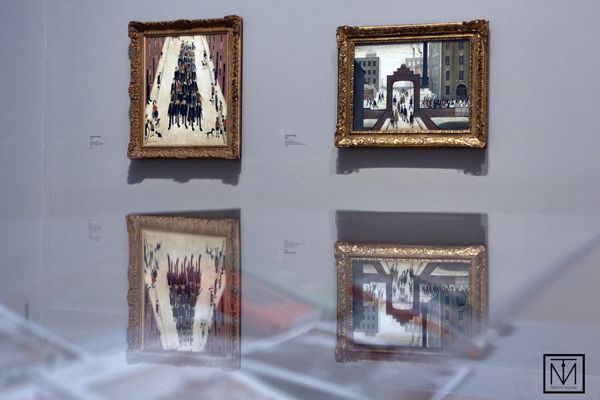 Moving away from Northern England, this room also features pictures of mining towns in 1960s South Wales, with the rows of identically painted terraced houses on the side of the mountains and the once beautiful valleys ravaged by slag heaps.
Moving away from Northern England, this room also features pictures of mining towns in 1960s South Wales, with the rows of identically painted terraced houses on the side of the mountains and the once beautiful valleys ravaged by slag heaps.
On the way out, the souvenir shop was selling flat caps for £28, these days more suitable for Shoreditch fashionistas than factory workers and a reflection of how the landscape has shifted.
One is left wishing that Lowry was still with us. In the Thatcher years, he could have documented the miners’ strike, the devastation of industry and told the tales of the people cast onto the scrapheap. As benefits are cut, the NHS is dismantled and former industrial towns are boarded up while their inhabitants turn to anti-depressants, we need an artist to paint the lives of working class people today.
Whatever your quibbles about his technique, Lowry showed a side of British life that otherwise could have remained invisible in the painting world.
LOWRY AND THE PAINTING OF MODERN LIFE – TATE BRITAIN
26 JUNE – 20 OCTOBER 2013
Photos: Carl Byron Batson

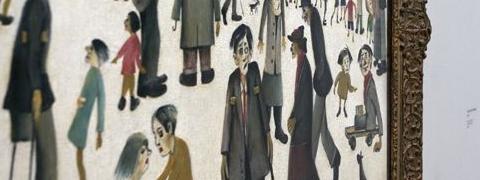
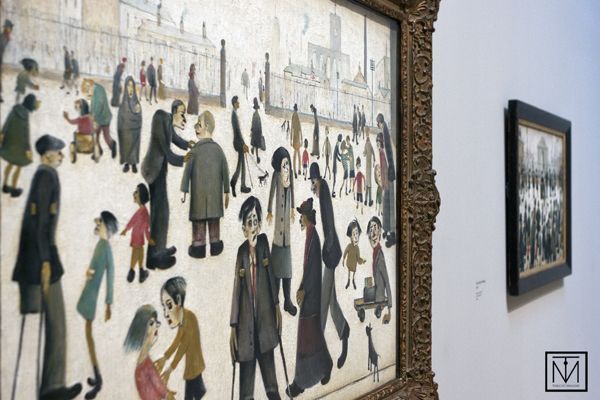
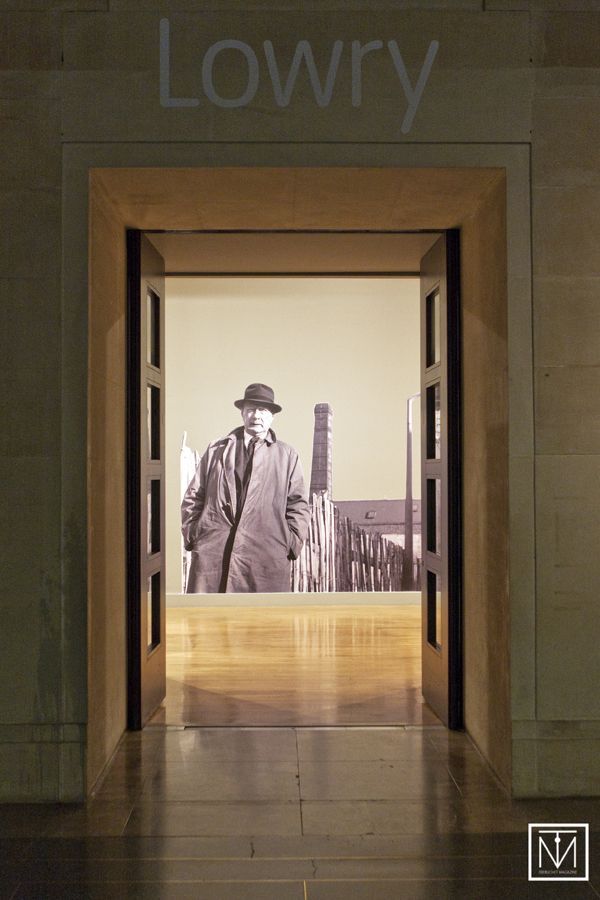









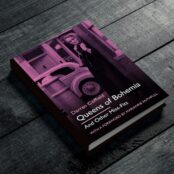









A wonderful artist that has been sidelined and dismissed by the ‘art establishment’ for years because they didn’t like the miserable little working class world he depicted, the fact it was all so ‘Northern’ and worst of all ‘ordinary people’ liked it!